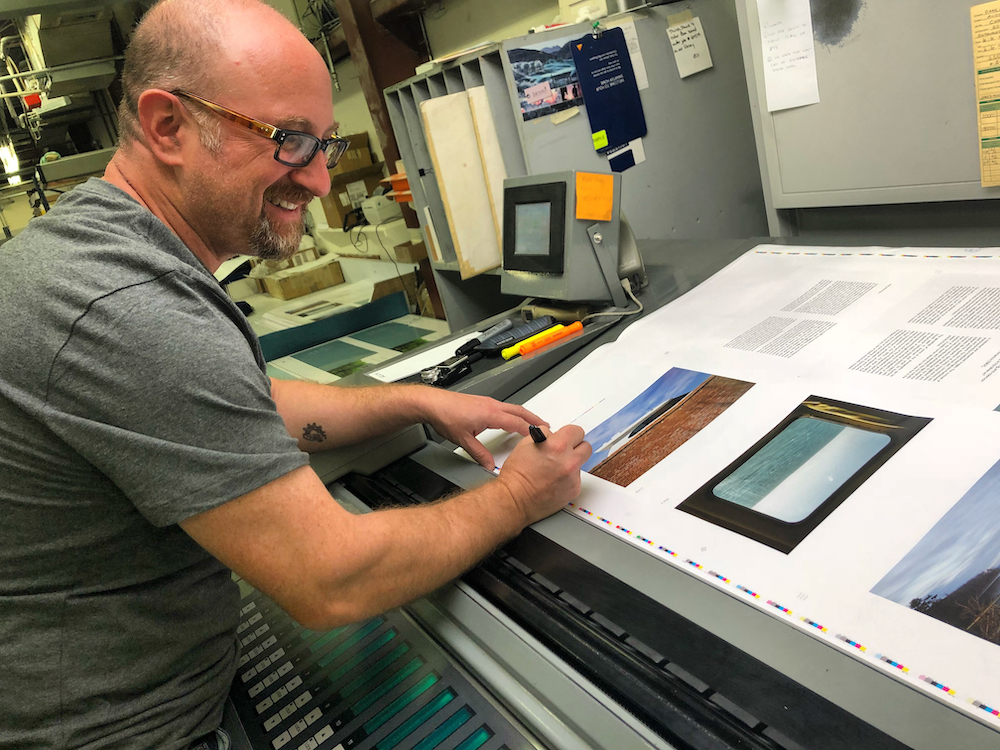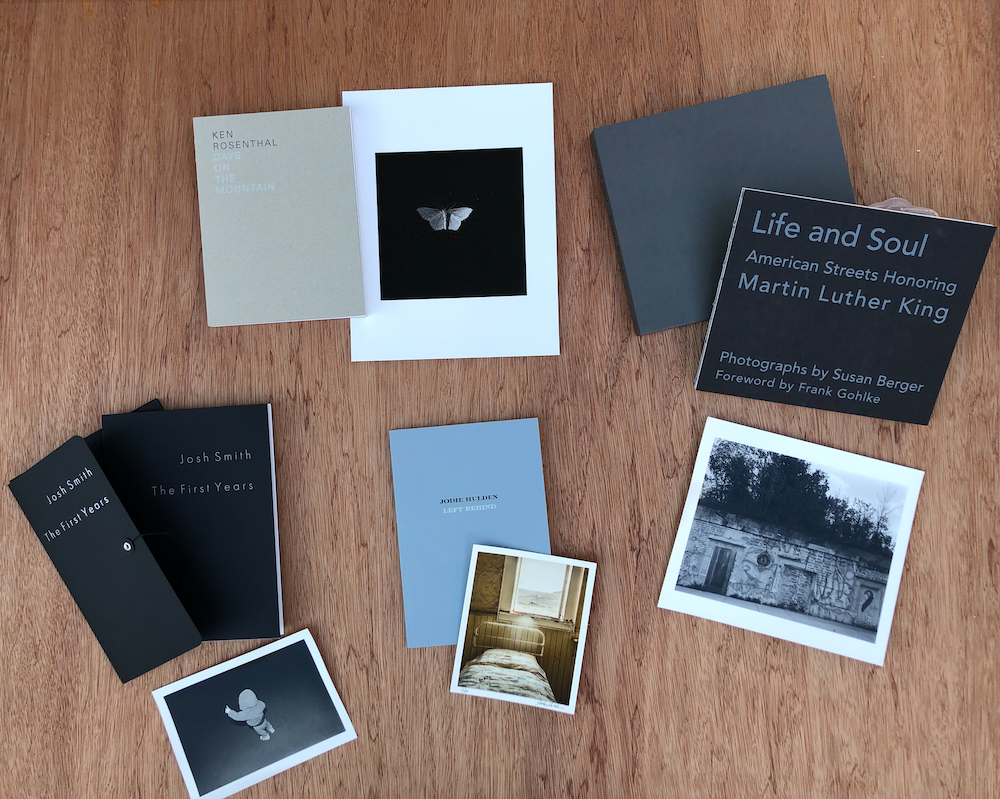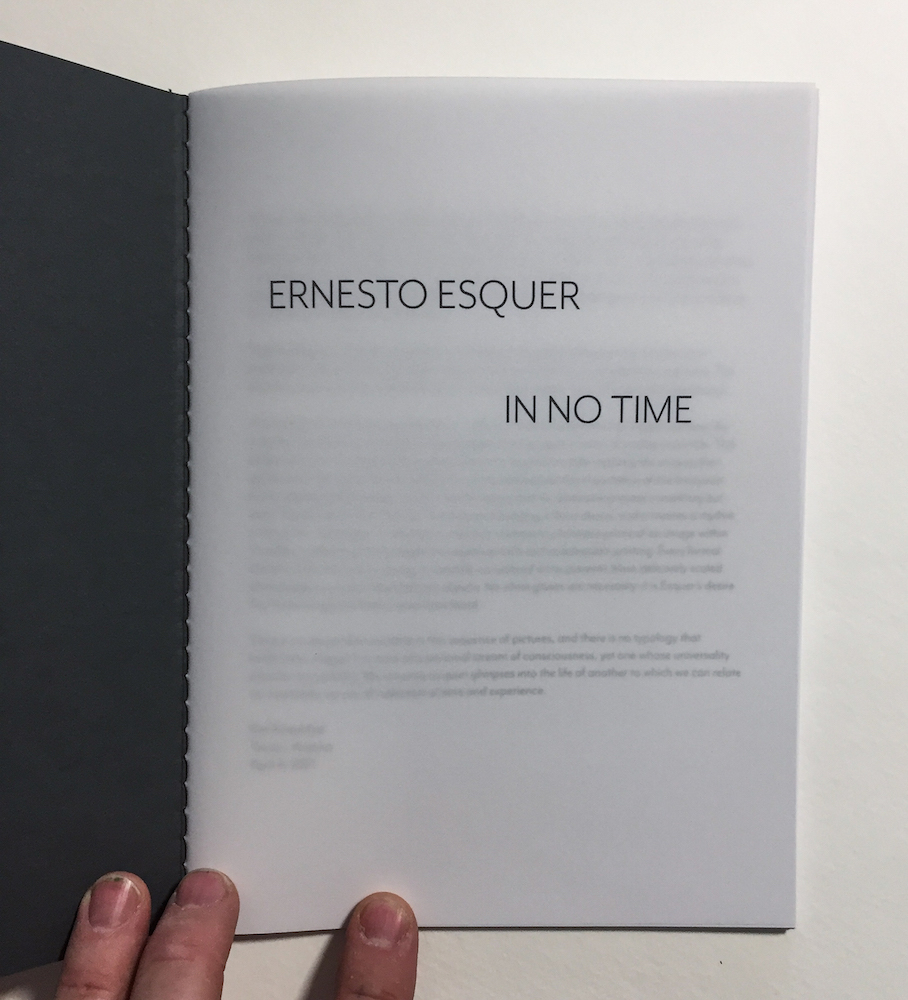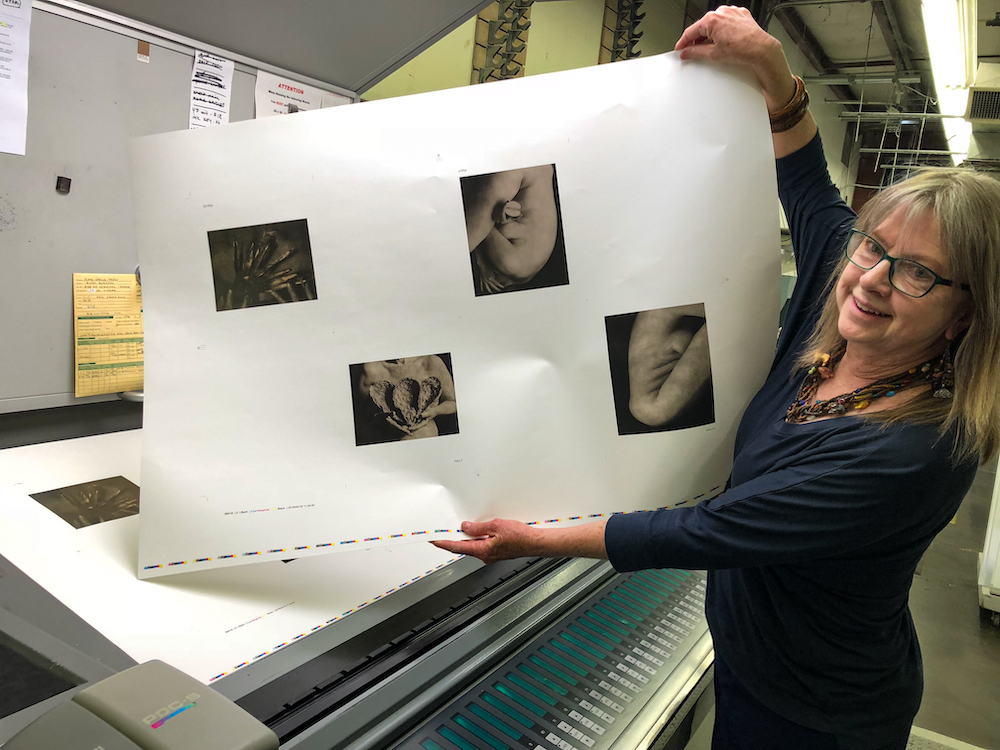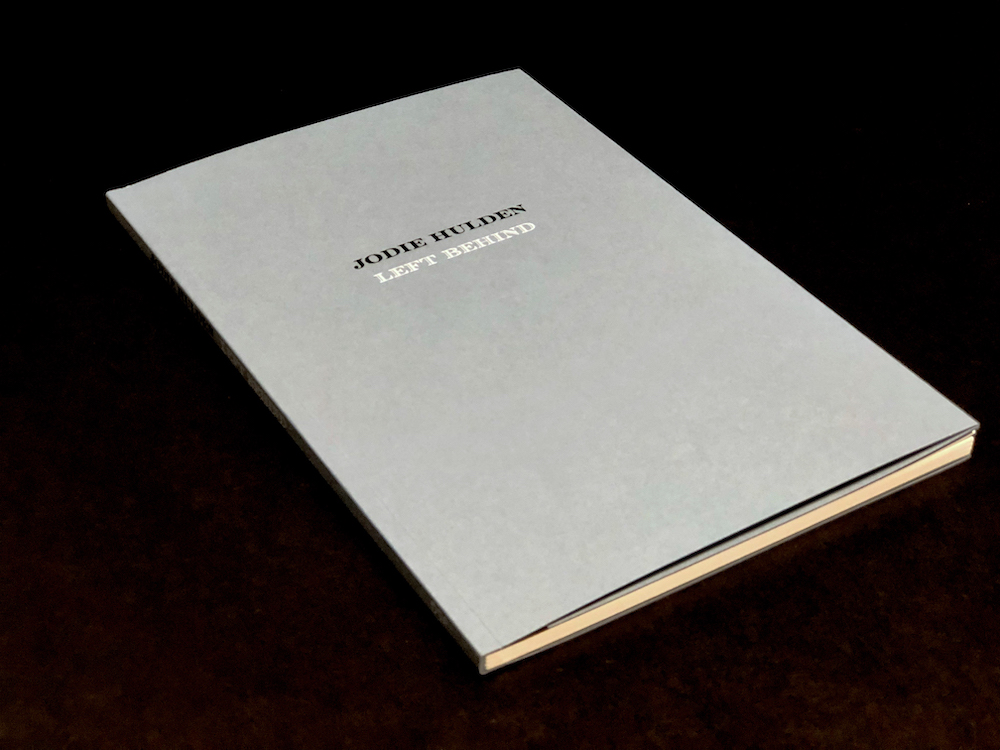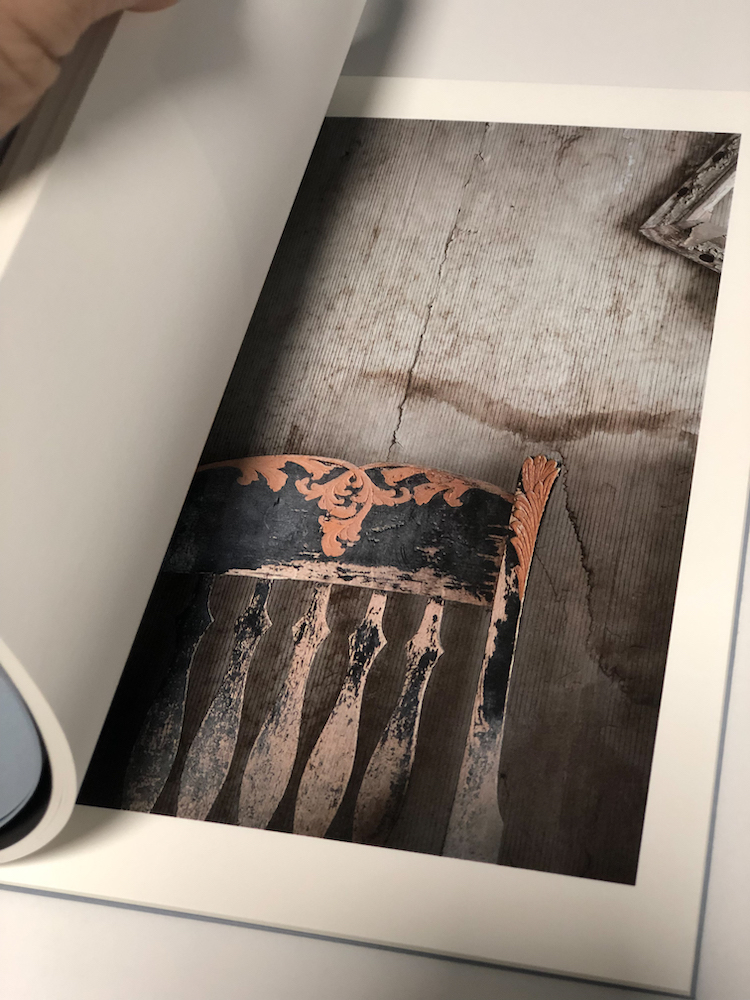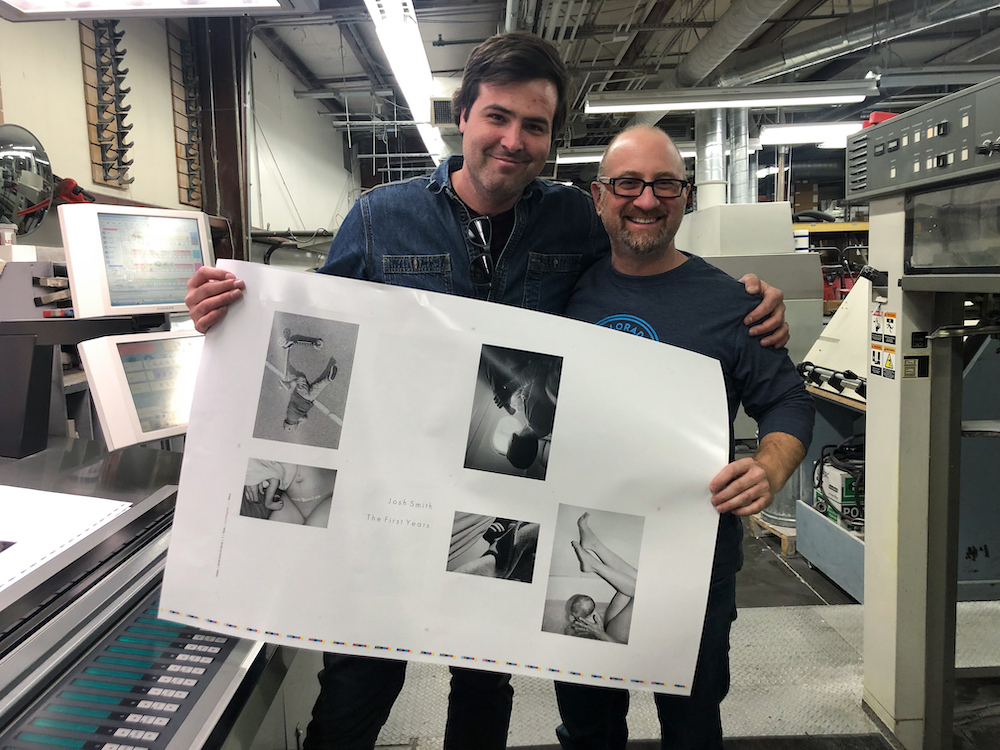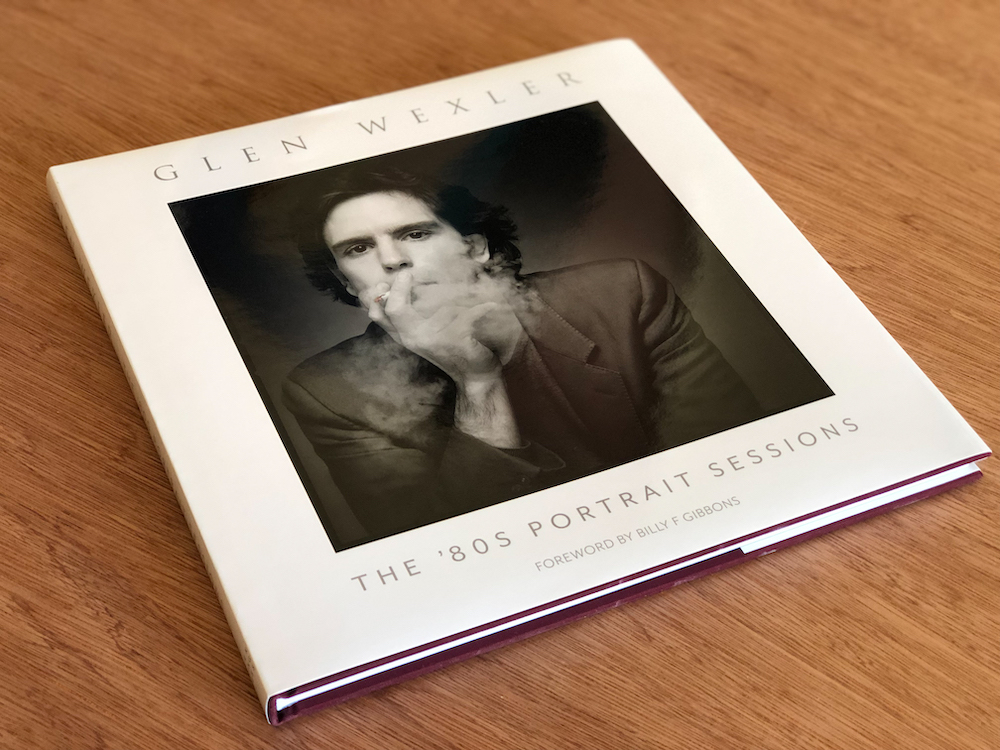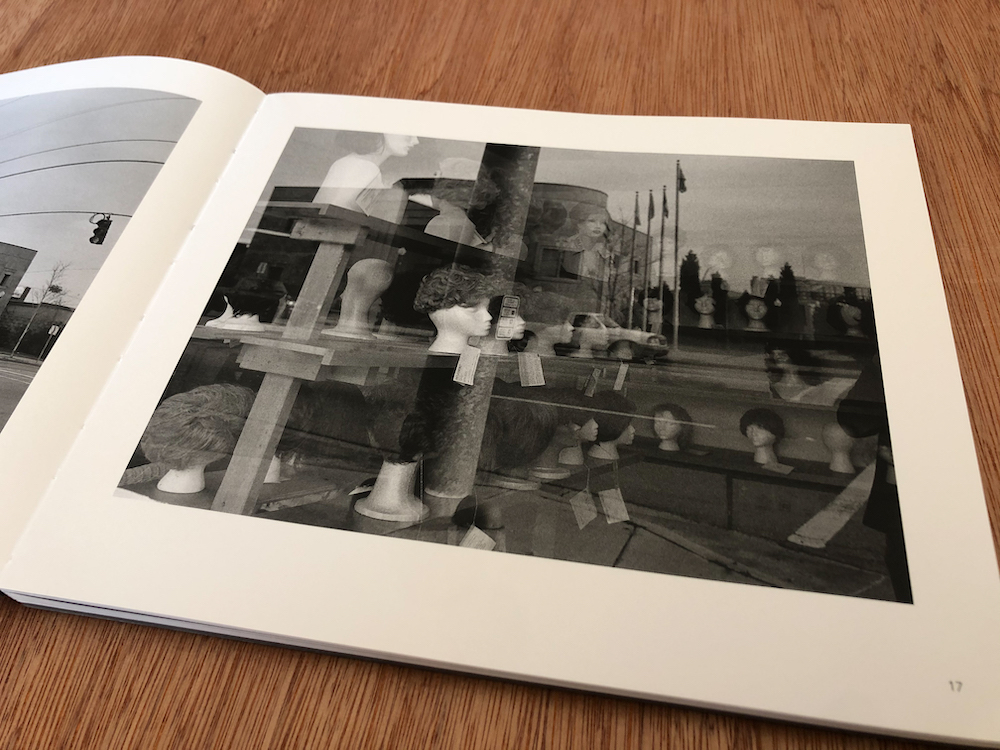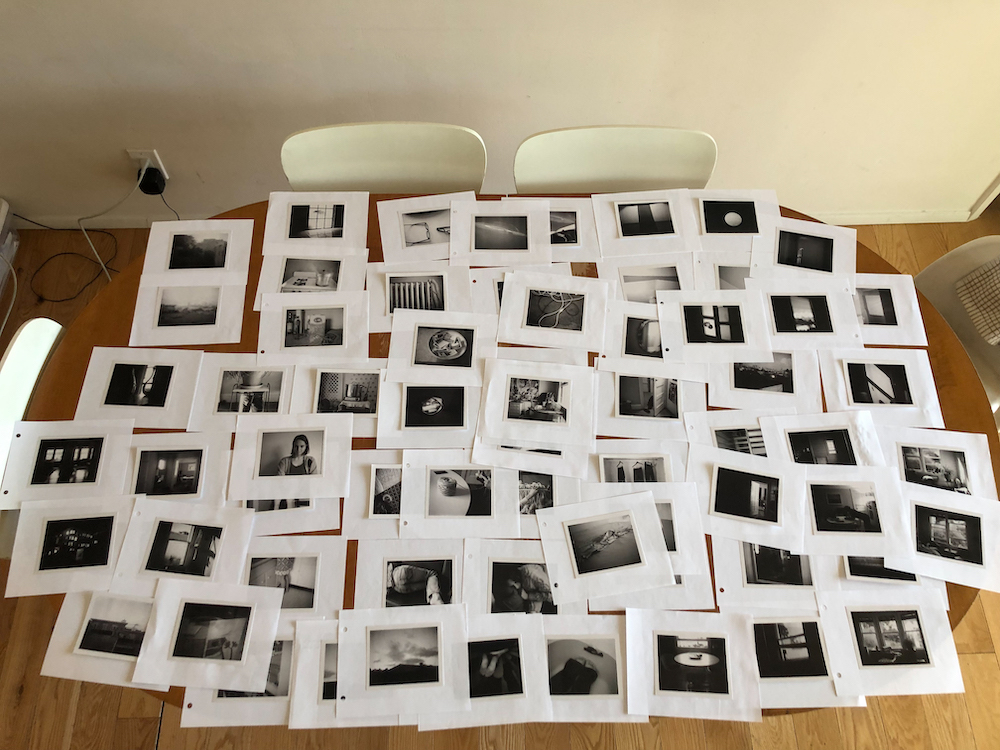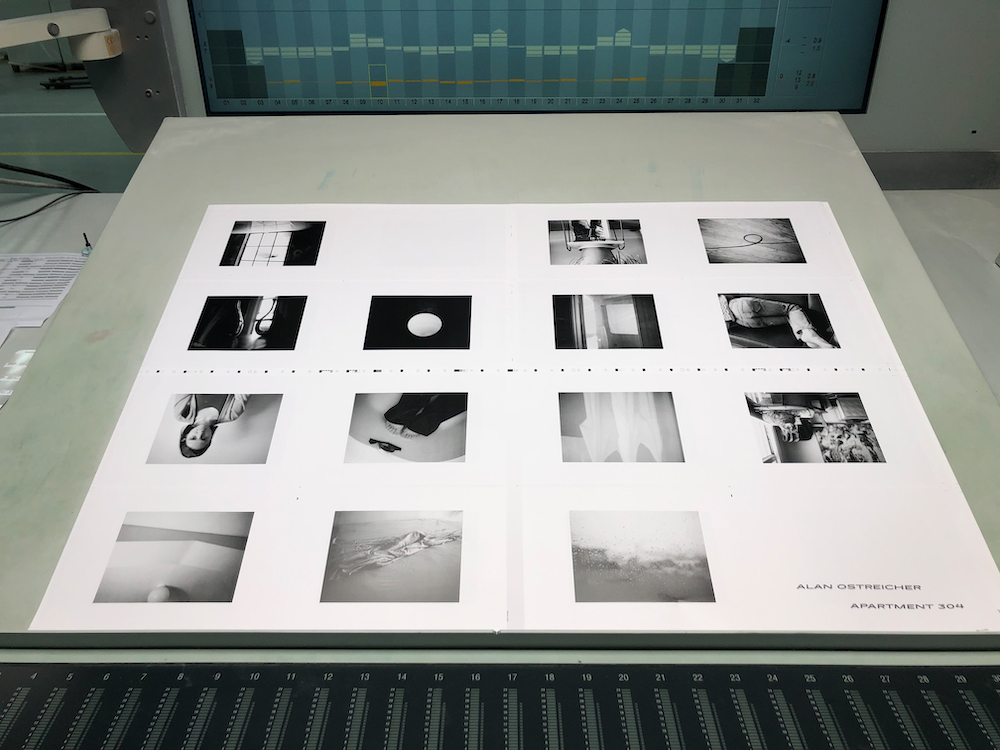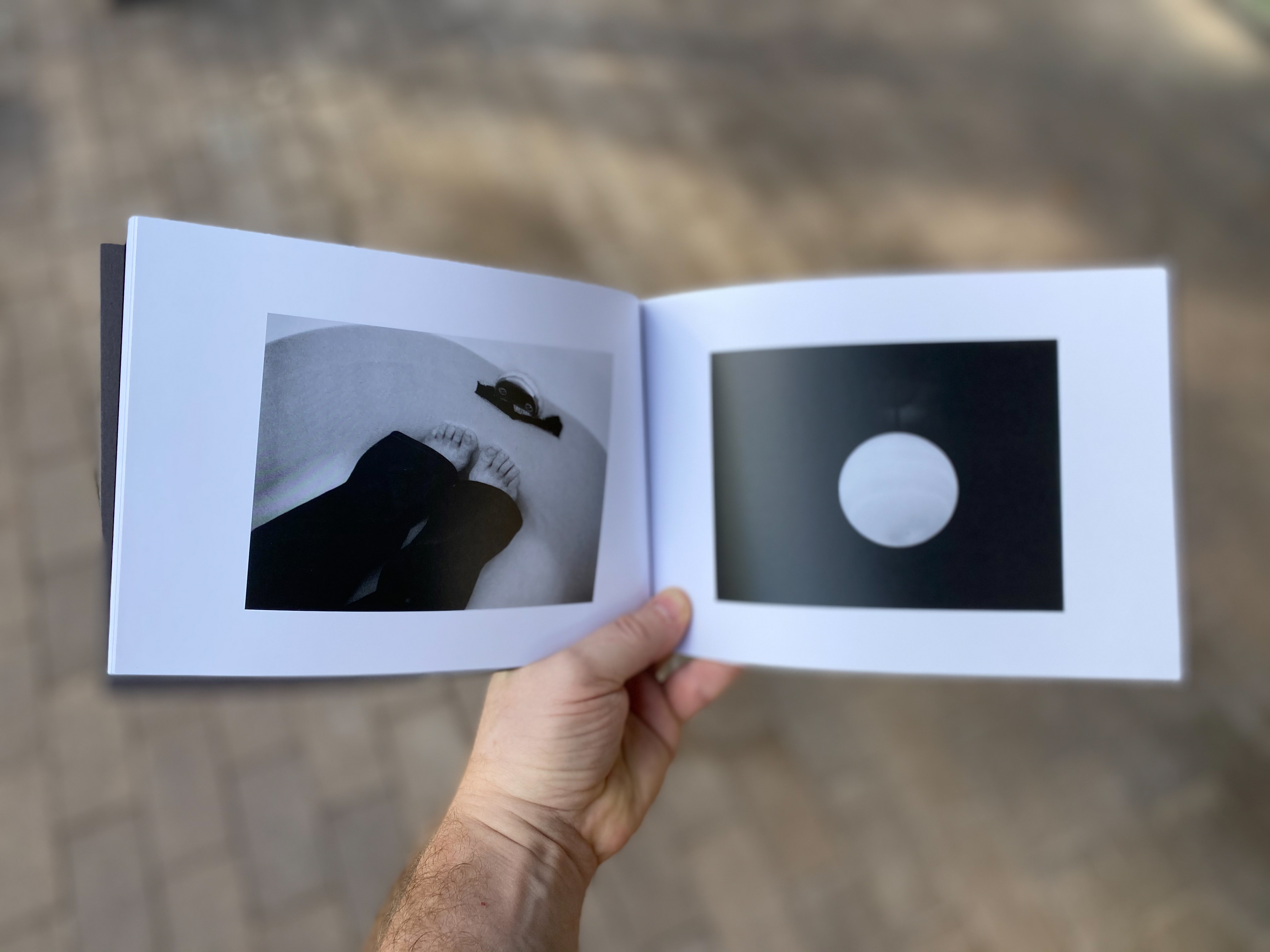Publisher’s Spotlight: Dark Spring Press
These past months we have been focusing on books on Lenscratch. In order to understand the contemporary photo book landscape, we are interviewing and celebrating significant photography book publishers, large and small, who are elevating photographs on the page through design and unique presentation. We are so grateful for the time and energies these publishers have extended to share their perspectives, missions, and most importantly, their books.
Publisher Andrew Burgess shares the story of Dark Springs Press: In 2009, I moved from London to Tucson, Arizona. I got married, bought a house, had a kid, and started a new life. As an artist, principally a painter, but also a photographer, I enjoyed the challenge of building a new career in America, but I struggled to find a community of like-minded painters in Tucson and instead I turned to the vibrant and active photography community that exists in the city orbiting around the prestigious Centre for Creative Photography and the wonderful long-standing Etherton Gallery. As time went on, I found myself mixing frequently with photographers, and following a new passion for collecting photography and photography books and supporting younger emerging artists. I have always been a bibliophile and an avid collector but being a visual artist and learning about the history and significance of photography in book form was really exciting, despite the obvious financial dangers of following such a highly addictive passion!
Over the years I developed the germ of an idea to start a small boutique publishing company to publish small-run and limited-edition photography books, showcasing some of the photography that I loved…images that are carefully crafted, subtle in intent, understated, poetic and contemplative. I had some limited experience of publishing, having started a small company in the UK that published greetings cards and gift wrap, so I knew a little about printing and production. But mostly it was a desire to confront what I didn’t know and to challenge myself to do something new, that was out of my comfort zone. Could I possibly design and publish photography books that were beautiful and meaningful? Could I follow through with the idea and make something real? Could I build a publishing company that sustained itself? It seemed daunting but doable.” Aline Smithson is in conversation with artist and publisher, Andrew Burgess.
Follow Dark Springs Press on Instagram: @darkspringpresstucson
Follow Andrew Burgess on Instagram: @andyburgessphoto
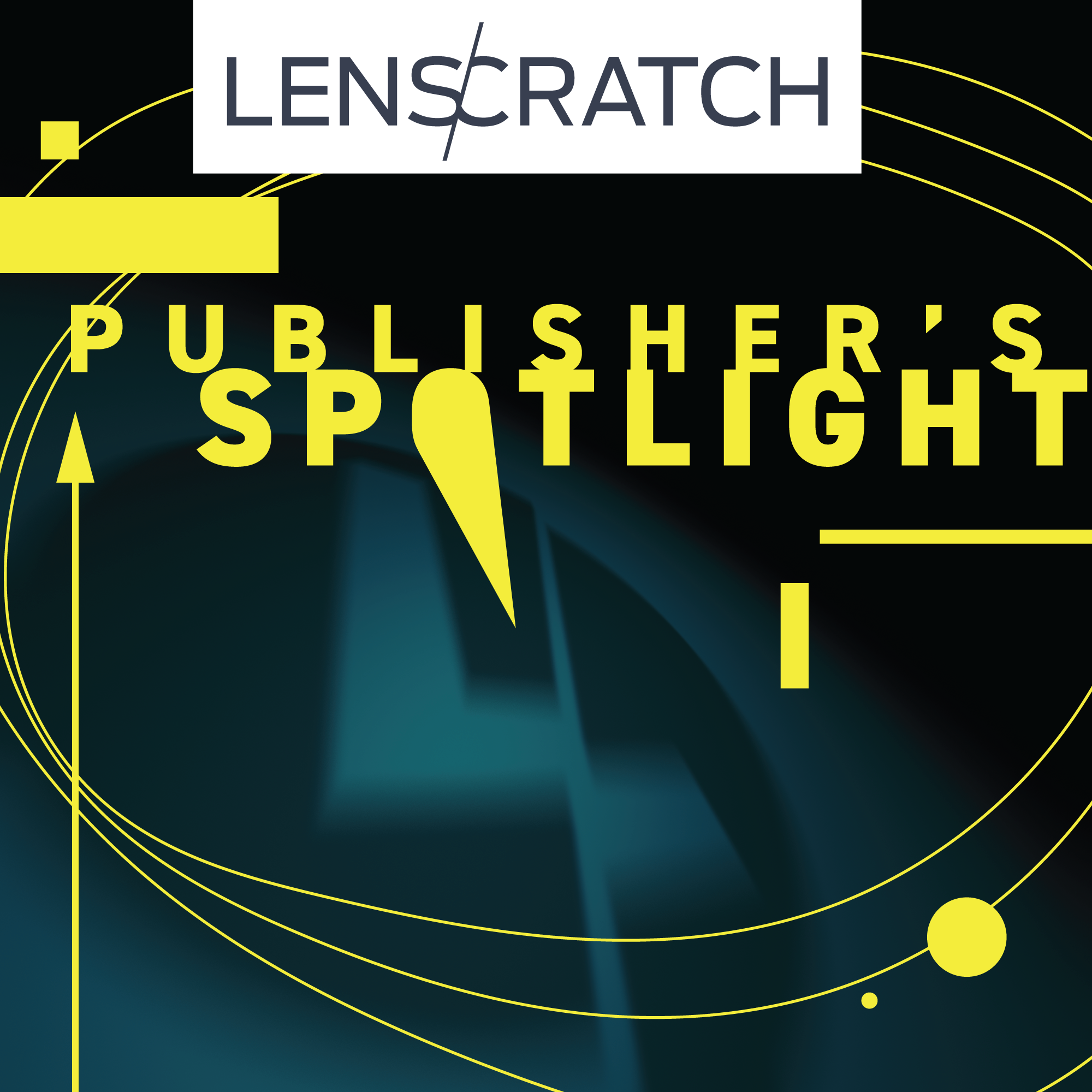 Aline Smithson: What was the first book you published, and what did you learn from that experience?
Aline Smithson: What was the first book you published, and what did you learn from that experience?
Andrew Burgess: In around 2015 I had discovered the work of a young Mexican American photographer called Ernesto Esquer and I had fallen in love with his image-making…tiny, quiet, poetic analogue photographs, hand toned in the darkroom and sometimes hand colored. I tracked Ernesto down and we became friends. It became clear that he could use some help kick-starting his career and I really believed in him and his work, so I suggested that we collaborate on making a photography book for him.
The whole project took a few months and was a delight to work on and the result Ernesto Esquer: In No Time, was, I believe a beautiful small edition that punched above its weight. The intention was to make something modest and humble that didn’t break the bank and had a tactile quality that matched Ernesto’s aesthetic. We released the book at photo-independent in Los Angeles, with the help of Chris Davies of Fabrik, as a trade edition and also a limited edition with a small hand colored gelatin silver print. The response was fantastic. Several well-known photographers, collectors, publishers and gallerists purchased the book and immediately saw that we were doing something different. We had made something very thoughtful and considered with an attention to materials and detail that set us apart from other small publishers.
In the coming year, I was able to introduce Ernesto to Peter Fetterman his gallery manager Michael Hulett in Santa Monica and they both fell in love with Ernesto’s work and agreed to represent him. It was a major coup and cemented the idea that a meaningful book could really help a photographer move their career forward.
With Ernesto’s project and the subsequent two or three books that we published I began to build up a corpus of knowledge about paper and the different ways of translating digital files into print. Each project presented various design challenges and the first few years were really a baptism of fire. We really threw ourselves in feet first. When I say we, I’m referring to myself and my PA at the time, Dawne Osborne. Dawne came to work for me after many years as registrar at Etherton Gallery. She had a great eye and enthusiasm for photography and between us we put in thousands of hours learning how to make a photography book…. editing the images, sequencing, layout, choosing the paper and cover stock, learning about end papers, foil stamping, letterpress, colophons and all the other tiny but important details….making a book is really like putting on play or a show; it’s a production and you have to get all the parts to fit together and iron out all the issues before you go to press!
Over the following three years Dark Spring Press published almost fifteen books, a gargantuan task. Mostly it was Dawne and I working together with each photographer but on occasion we collaborated with other designers and producers. We chose a very eclectic selection of work to publish and there was a significant variety in the books we made, from the very humble publications in a “chapbook” form, to exquisitely printed coffee table books.
What is your mission as a publisher?
It’s difficult to say exactly what the mission was or is. We didn’t want to be prescriptive, and we had to be open to trying new things. There’s no point in making the same book over and over and each photographer has a different idea in mind. Mainly my intention was to publish photography that I found compelling and to work with photographers I admired and respected and make a book for them that was special…where the form of the book matched the feel and aesthetic of the photographs. I wanted as far as possible to make very tactile books that had a high production value and weren’t standardized or formulaic. I also wanted to make books that weren’t trendy or faddish, but really represented a photographer with a unique voice and something to say. Something we’ve attempted to do is to print and bind the books locally if possible. Apart from the last three books that we printed in Amsterdam, most of our books have been printed and bound in Arizona and we avoided outsourcing to China or the Far East.
What are the difficulties that publishers face?
The difficulties for small independent publishers are manifold. Making books is a labor of love…time consuming, expensive, and complicated. It’s not something you do for financial reward! Obviously one of the issues is money and figuring out how to pay for a project and how to divide up that responsibility. But there are other difficulties in translating a photographers work to the page. Most photographers are used to printing their own work in the darkroom or at home on an inkjet printer. Home printers can make exquisite looking prints using beautiful art papers like Hahnemuhle. But recreating those colors, or the tonal qualities of a black and white print with an industrial printer, on a giant offset lithographic press is very tricky. It’s not the same thing and it’s a process to explain to the photographer that their images in a book will not be the same as the images they print at home. Proofing images can be a drawn-out process and it takes patience to get the images as close to where you want them as possible.
What support do you give artists in terms of marketing or distribution? Do you attend book fairs?
Making books is one thing. Marketing and Selling them is another thing altogether. We are a very small set up and our sales are somewhat limited but before the pandemic we were starting to build a sizeable following and reputation and we had some great success selling books at book fairs and photo reviews. For example, we took our books to a fair in Atlanta and sold a couple of thousand dollars of books in one afternoon. I was waiting until I had enough books under my belt before I approached a distributor. But then the pandemic hit and everything came crashing to a halt. I had to put Dark Spring Press on the back burner and take a break from publishing. Having said that, we have maintained a great website and we put time into marketing on social media and sending out newsletters. We’ve had some success getting our books reviewed and launched at prestigious venues. I’m hopeful that we will soon be in a position to collaborate with a distributor and get our books out to more locations. Currently a lot depends on the photographer marketing the book to their friends and family and photo community and we help them do that as best we can.
What upcoming projects are you excited about?
It’s taken a couple of years, but we are finally back up and running and we have two very exciting projects in the works. The first, which is about to go to press, is a beautiful book of poetic, meditative and sometimes haunting landscapes by the photographer Dana Miller, who moved recently with her family from Brooklyn to Denver. This book has been designed by myself and the incredibly talented designer Robert Gallerani, Creative Director at Openform here in Tucson. Dana’s book will take the form of a “French fold” which is something we are trying for the first time, so I’m very excited about that.
A second project, which is still in the design phase, but I’m super excited about is with the LA based photographer Hiroshi Watanabe. Hiroshi is a beautiful photographer with a stellar reputation and a loyal following and I’m really honored that he contacted me to discuss publishing some of his early photographs that have never been seen. He liked what we had been doing and felt that our more humble and minimal aesthetic would be a great match for this work and I agreed. I’m excited to press ahead with Hiroshi’s project!
Are there any publishing projects that have been particularly meaningful to you?
I’m proud of all the books we’ve made and how much variety there has been in our production. My first book with Ernesto will always have a special place in my heart, and its simplicity is still a benchmark for me. There have been some nice successes along the way. Several of the books, such as Karen Hymer’s Age and Seduction, have sold out, which to me is the definition of a successful project. And when a photographer just loves their book that is also a very rewarding feeling!!
How many books do you publish a year, and how do you choose which projects to publish? Do you have a specific focus?
I would say that in the post pandemic climate we are having to slow our roll somewhat but I’m still hopeful that we can publish two or three great books a year. I generally get a handful of unsolicited submissions each month and I try to give them all serious consideration, but I’m most likely to choose a project when I’ve been aware of a photographer for some time and am a fan of them and their work. The last few books that we have published have mainly come from encounters at photography reviews such as Medium in San Diego and Photolucida in Portland. We don’t have a special focus but I think if you look at our books there is a coherence to the type of photography we are attracted to.
How can an artist get their work in front of you? Do you have any advice for photographers? • What is the typical timeline of a project, from the beginning to the finished product?
I’m always happy to look at new work and photographers need to be brave and take the initiative if they can. My advice to photographers who are reaching out to me (or any other publisher for that matter) is to demonstrate that they have chosen to approach us for a reason; because they know and appreciate the type of books that we publish, and they believe that their project would be a good fit. Too often I get a generic email which shows that a photographer is just going down a list of publishers and contacting all of them, which is very unappealing.
As for how long a project takes, that really depends on its complexity and how easy or difficult it is to design and whether materials are available. Since the pandemic there have been supply chain issues and a lot of different papers are unavailable and we need to search for suitable alternatives. Projects recently have tended to be slower. It’s actually more enjoyable to produce a book when there aren’t deadlines approaching. I’m learning to embrace a slightly slower pace and let things happen in their own time. So, I’m not trying to publish several books simultaneously any more. That was just way too stressful!!
How collaborative is the design process with the artist?
The design process we undertake is super collaborative. A book project is so much more successful when the everyone is fully invested and communicative. Having said that, each project is different and sometimes a photographer will be so close to their work that they will want an objective eye and a lot of help from us choosing and sequencing images. Also, those photographers who haven’t previously published books will need a lot of guidance in the choice of materials and deciding on the size and scale of the book. Sometimes a book project will come together relatively quickly over a couple of months but many books take a lot longer from their conception to completion and require a lot of compromise and patience. We have worked on some books for almost a year!!
How is the financial side of the project structured between publisher and artist? Does the artist contribute to production cost?
The short answer is yes! When I first started Dark Spring Press I was initially paying for all the production costs and giving my time for free and I quickly realized that was unsustainable! Now, we tend to work on a case-by-case basis depending on how big the project is and what means the photographer has at their disposal. No two projects are the same. In some cases a more established photographer wants a more substantial casebound book and they have the finances to pay for that or they are willing to set up a crowdfunding campaign. In other cases, with younger and emerging artists, I have tended to subsidize those projects, at least partially. More often than not we will split the production costs with the artist and work out a share of the books once they are produced. Unlike other publishers we don’t ask for any money up-front…. we work it out with the artist as the project progresses. So far, that has worked really well and we’ve managed to finance all the books without too much heartache.
Posts on Lenscratch may not be reproduced without the permission of the Lenscratch staff and the photographer.
Recommended
-
Aaron Rothman: The SierraDecember 18th, 2025
-
Photographers on Photographers: Congyu Liu in Conversation with Vân-Nhi NguyễnDecember 8th, 2025
-
Linda Foard Roberts: LamentNovember 25th, 2025
-
Arnold Newman Prize: C. Rose Smith: Scenes of Self: Redressing PatriarchyNovember 24th, 2025
-
Spotlight on the Photographic Arts Council Los AngelesNovember 23rd, 2025

